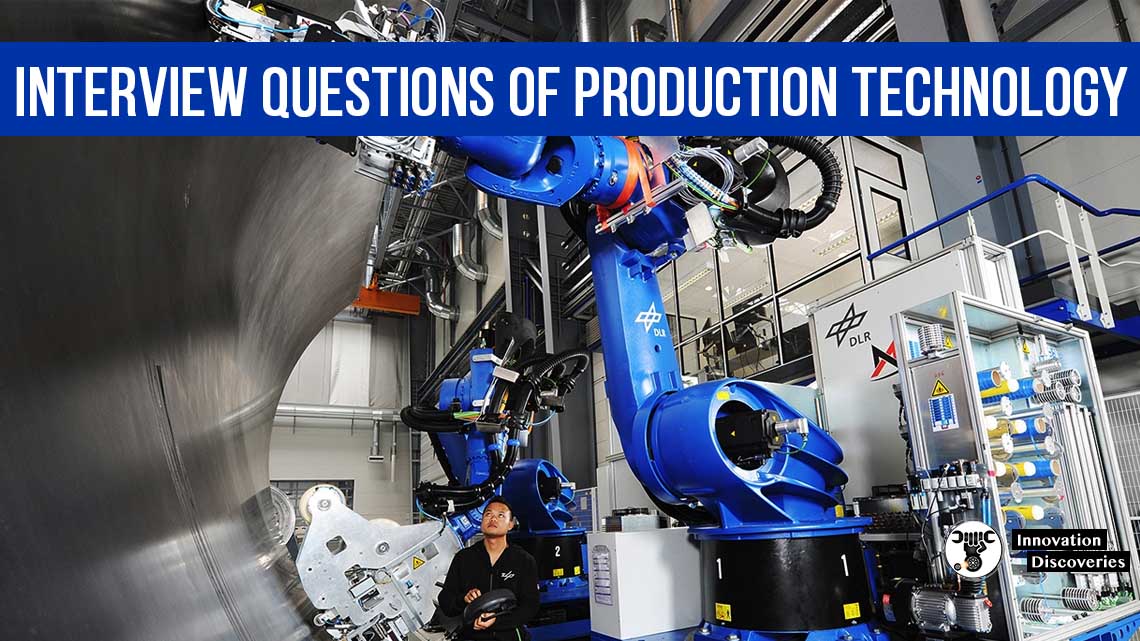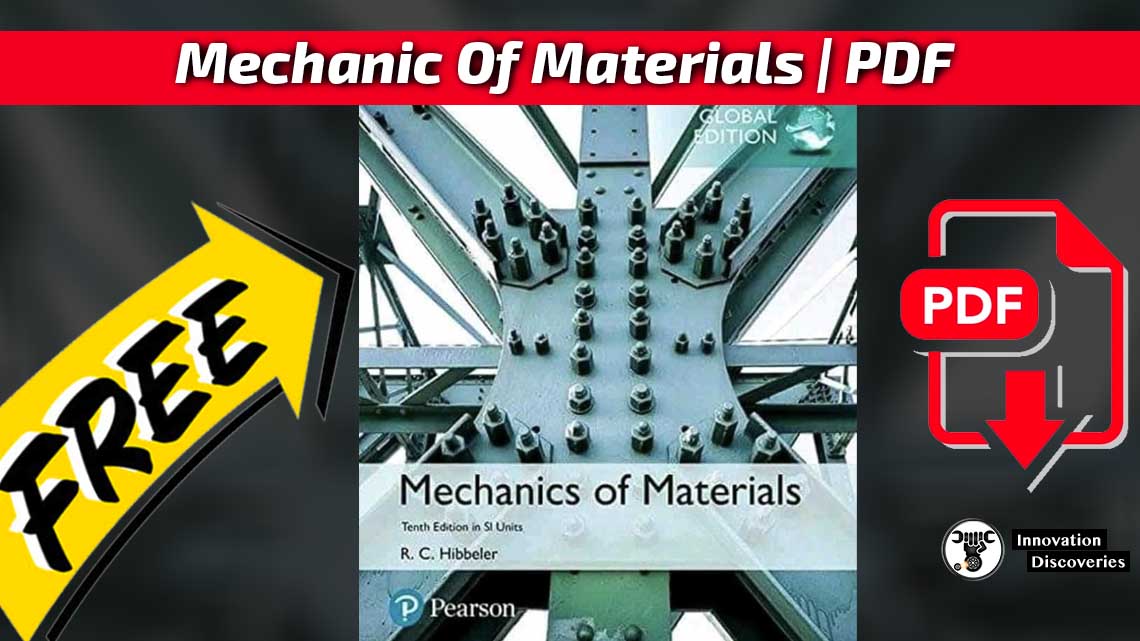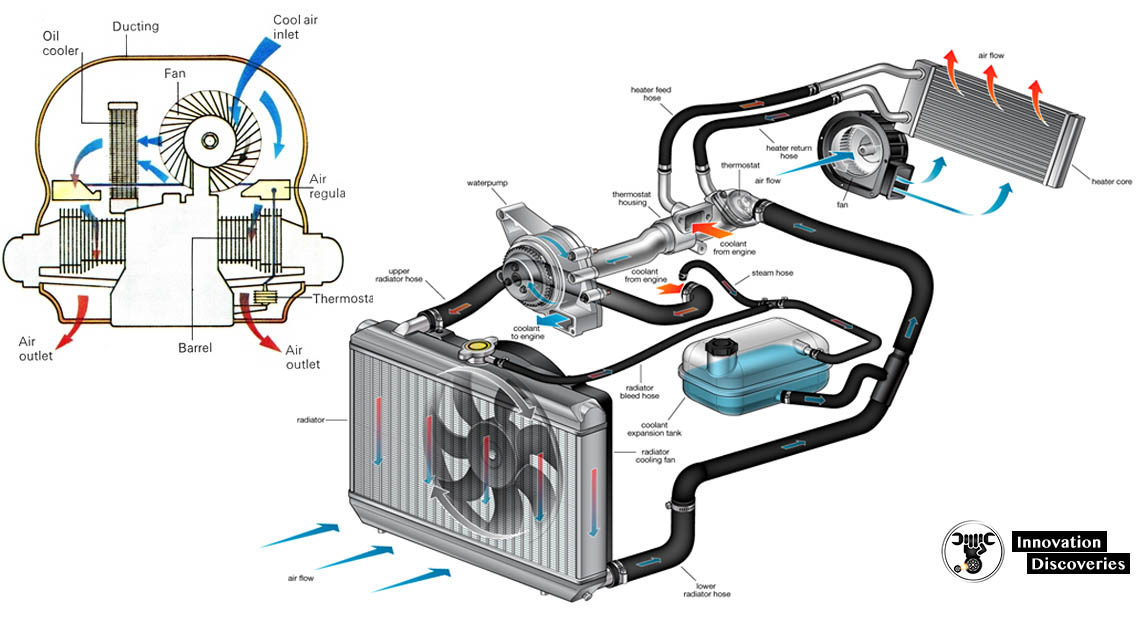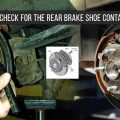
1) What do you mean by Smelting?
The process of extraction of iron is called Smelting.
2) What do you understand by Specific Gravity and Tenacity?
Specific Gravity.
It is the ratio of the mass of 1cubic cm. of a substance to the mass of the same capacity of water.
Tenacity
It is the property of metal due to which a metal becomes strong enough to resist the pulling force.
3) Define the following metal properties (a) Machinability (b)Malleability
(a) Machinability is the property of metal due to which a metal can easily be cut by cutting tools to obtain a good surface finish.
E.g.: Brass, Mild steel
(b) Malleability is the property of the metal on account of which it can be extended in all directions by hammering or rolling.
E.g.: Tin, Lead
4) Define the Hardness of the metal?
It is the property of the metal which makes a metal capable to resist surface penetration by other metals.
Hard metals are High carbon steel and High-speed steel.
5) What is the Toughness of metal?
Toughness is the property of metal due to which without fracture a metal can withstand bending or torsion.
Mild steel and wrought iron are tough metals.
6) Define the following properties of metal : (a) Fusibility (b) Stiffness (c) Ductility
Fusibility
It is the property of metal due to which a metal becomes fluid when it is heated.
Stiffness
It is the property of metal due to which a metal is capable of resisting deflection due to an externally applied load.
Ductility
It is the property of metal due to which a metal can be drawn into the form of wires without rupture.
7) Why is cast iron seasoned before machining?
For easy machining and saving the cutting edge of the tool.
8) How does carbon affects the properties of steel?
If the carbon content is higher the degree of hardness is more and the melting point is lower, If carbon percentage is lower it is easy to forging and forge welding.
9) Why are machine beds made of cast iron?
Because it has more compressive strength and negligible shrinkage.
It can easily cast into an integral shape, wear-resisting, and can absorb vibrations.
10) What is the difference between Wrought iron, Cast iron, and Pig iron?
Wrought iron contains less than 0.1% carbon and this is a product of a puddling furnace.
Cast iron is produced from a cupola furnace. It contains 33.5% carbon in the combined or free state.
Pig iron is an iron-carbon alloy that contains 35% carbon along with impurities like manganese, sulfur, and phosphorous.
It is a product of a blast furnace.
Download: MECHANIC OF MATERIALS | PDF
More PDF:
- AUTOMOTIVE TECHNICIAN TRAINING: PRACTICAL WORKSHEETS LEVEL 1
- MACHINE TOOLS HANDBOOK DESIGN AND OPERATION
- MAINTENANCE PLANNING AND SCHEDULING HANDBOOK
Visit Forum
Visit Our Friendly Website






